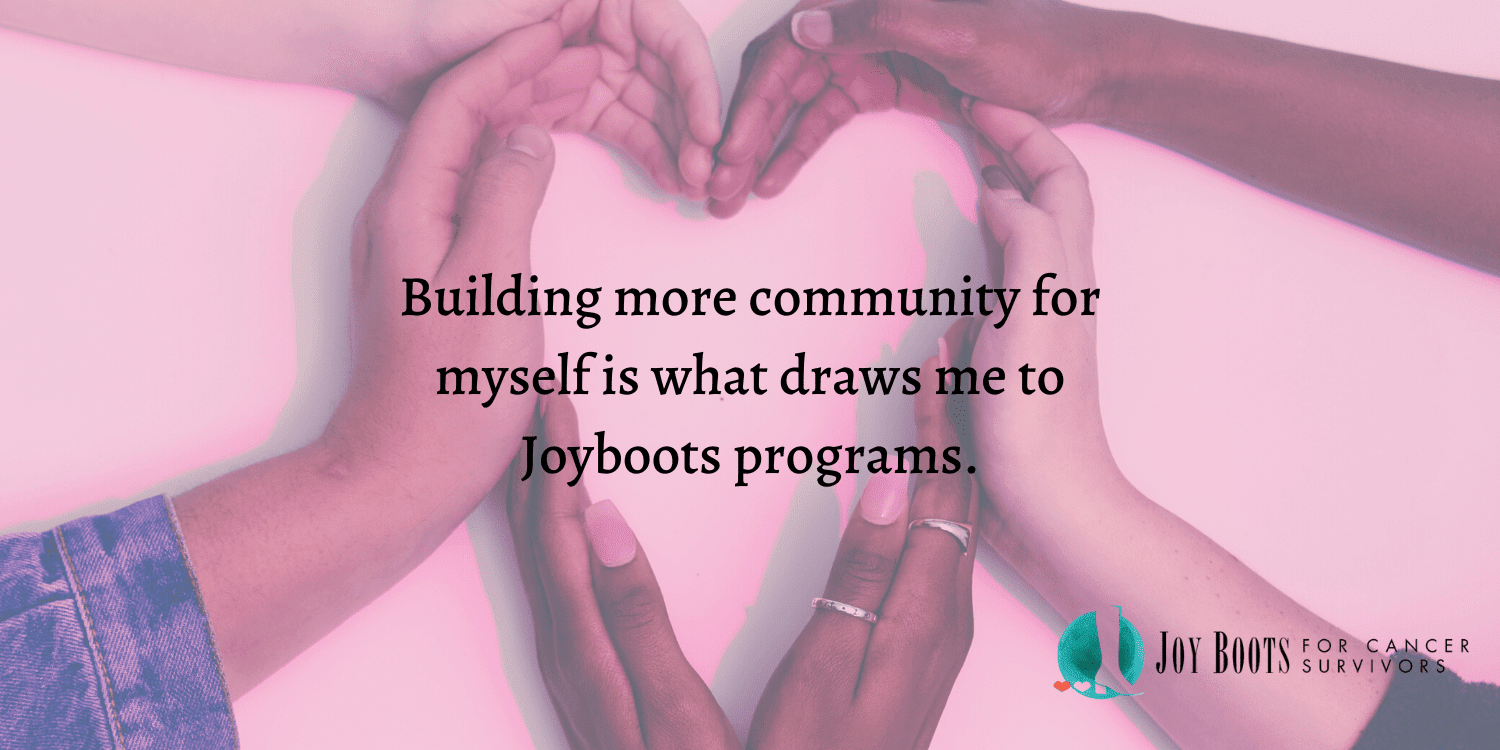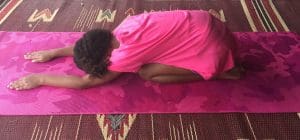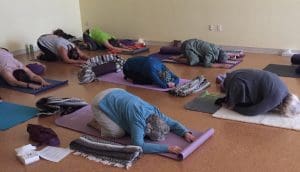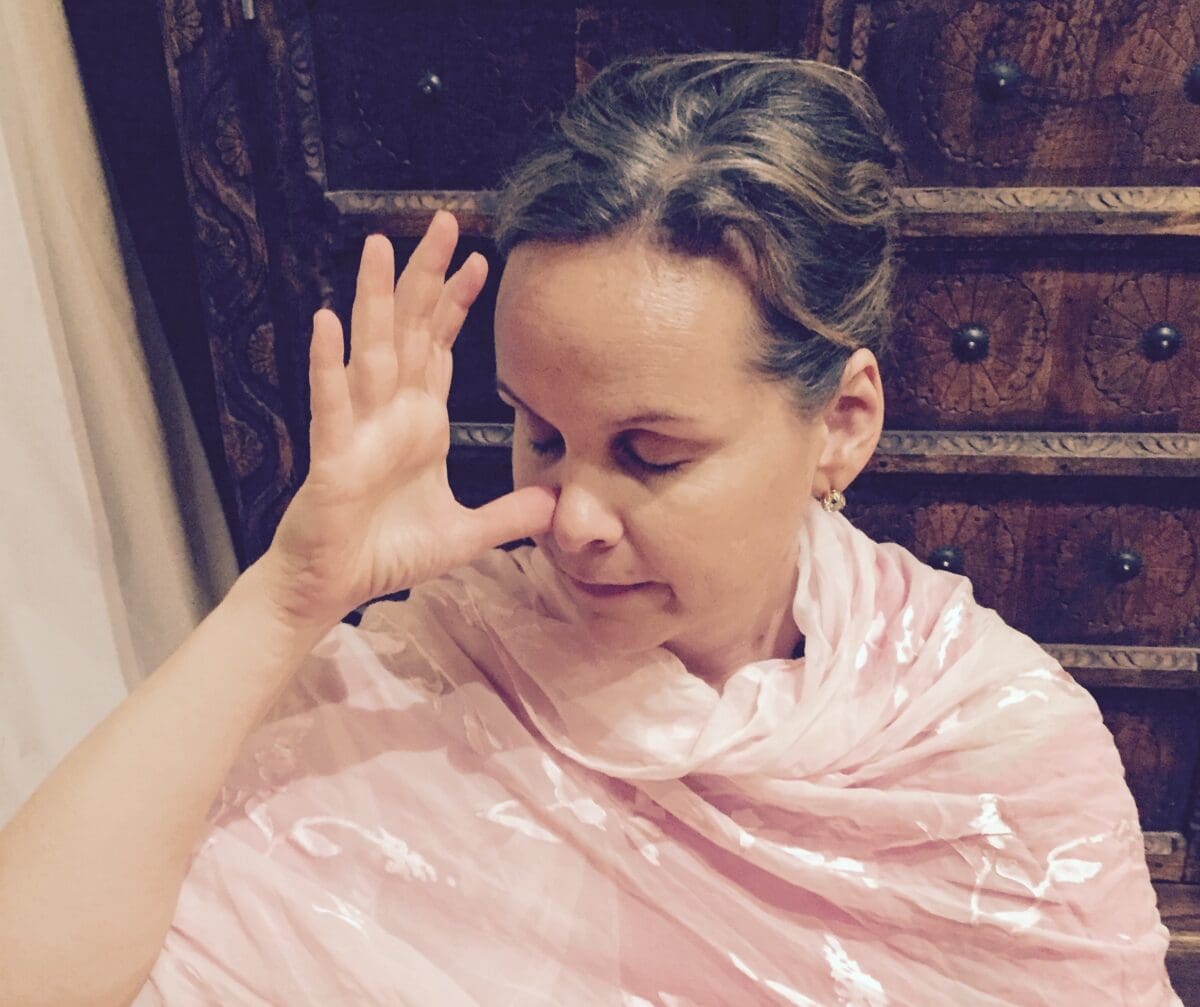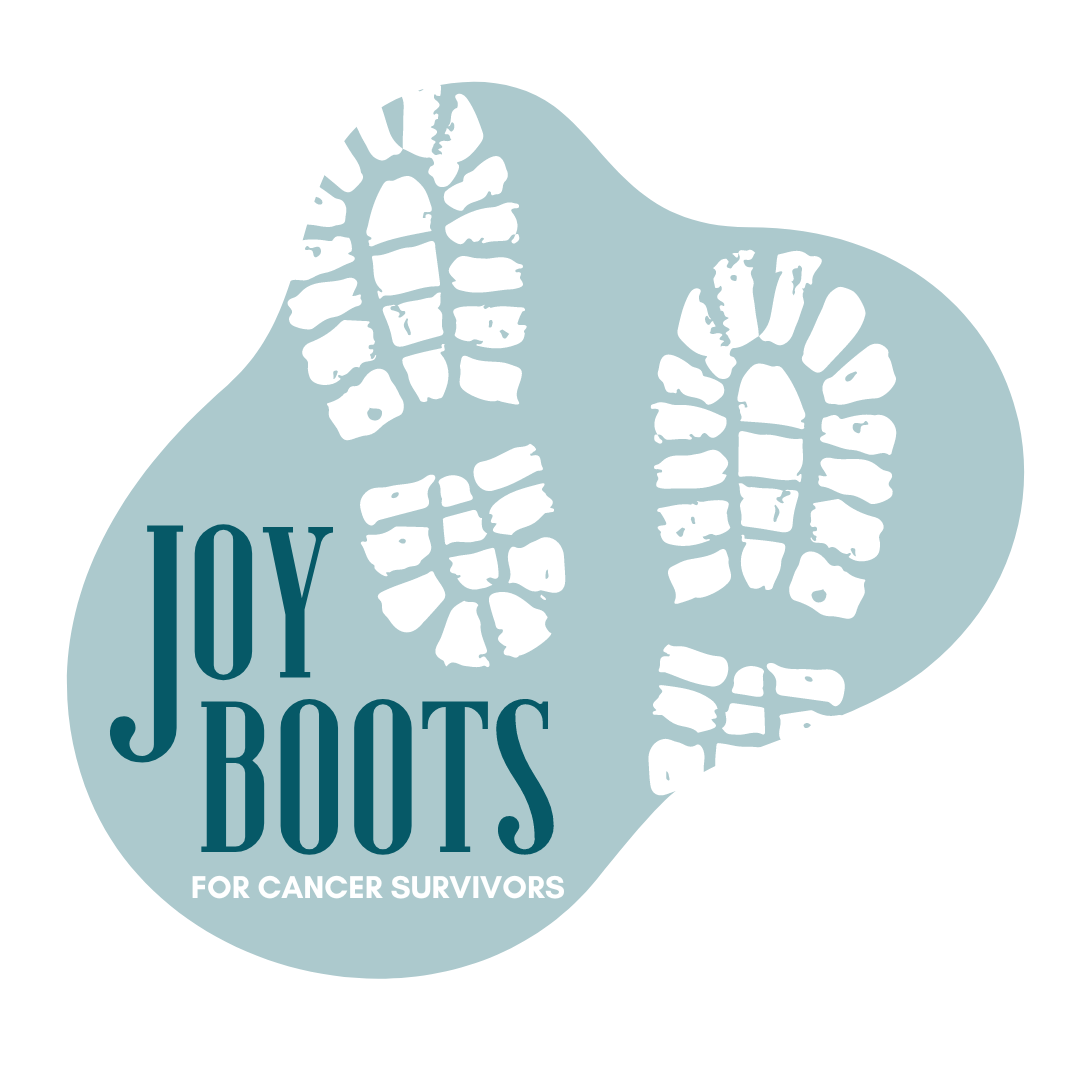COVID-19 is affecting everyone and no one is immune. But for those of us who have undergone cancer treatment, are currently under the care of cancer specialists or are caring for someone with cancer, there are even more precautions to take to protect ourselves and those we care for. In light of the Coronavirus pandemic, I’ve compiled cancer-specific information you should know so you can reduce your exposure risk, stay healthy and be prepared in these uncertain times.
What do cancer patients need to know about the coronavirus?
According to Miriam Falco, Managing Director at the American Cancer Society, the COVID-19 outbreak is still new, and there’s not a lot of specific information on how it impacts cancer patients. But doctors do have a lot of information regarding the risk of infections in general for cancer patients and they agree the best way to prevent illness is to avoid being exposed to this virus, which is especially important for cancer patients because they are at higher risk for serious illness. Patients who are in active chemotherapy and bone marrow transplant patients are at an even higher risk because their immune systems are suppressed or eliminated by treatment. [READ MORE] The peer-reviewed medical journal, The Lancet, published a study in mid-February which concluded both current and former cancer patients are at greater risk from COVID-19. The study looked at 2,007 cases of hospitalized COVID-19 patients from 575 hospitals in China. Out of that group, they found 18 patients with a history of cancer they could track — some currently in treatment, some years out. Nearly half of those patients had a higher risk of “severe events” (defined as admission to the ICU, the need for ventilation or death). “We found that patients with cancer might have a higher risk of COVID-19 than individuals without cancer,” the study authors wrote. “Additionally, we showed that patients with cancer had poorer outcomes from COVID-19, providing a timely reminder to physicians that more intensive attention should be paid to patients with cancer, in case of rapid deterioration.” [READ MORE]
How can you protect yourself from getting COVID-19?
Keep these points in mind and make protecting your health a priority. Liz Highleyman, Science Editor for Cancer Health shares common-sense precautions to take.
- Avoid close contact—meaning within about six feet—with people who have a cough or other respiratory symptoms.
- Wash your hands with soap and water thoroughly and often for at least 20 seconds.
- Use alcohol-based hand sanitizer when soap and water are unavailable.
- Avoid touching your eyes, nose and mouth.
- Healthy people do not need to routinely wear face masks to prevent infection, but use a mask if you are caring for someone who is ill.
- Get the flu vaccine. Older people should also consider getting vaccinated against pneumonia.
- If you think you may have been exposed to the coronavirus, contact a health care provider promptly if you develop a fever, cough or difficulty breathing.
- Before you go to a clinic or hospital, call ahead so the staff can take appropriate precautions.
What extra precautions should you take?
As shared by Cancer Care, there are several everyday measures you should take to protect yourself that the general population may not be as proactive about.
- Try to obtain extra necessary medications in case your community experiences an outbreak of COVID-19 and you need to stay home for a prolonged period of time. Consider using mail-order medications, if possible.
- Be stocked with over-the-counter medicines and medical supplies, such as tissues and medication good for fighting upper respiratory ailments. Stock enough household products and groceries to reduce the need to leave your home.
- Work remotely from home, if possible, or make other plans for work.
- If you can, use the help of others to fetch or deliver anything you might need, including food and medical supplies. This reduces your exposure to others as much as possible. Even when using this help, ask for them to disinfect themselves and then clean any deliveries you might receive. Caregivers should use the same precautions in public that those with a cancer diagnosis do.
[READ MORE]
How long after chemo has ended, does a patient’s immune system return to that of a non-cancer patient?
Cancer and cancer treatments can weaken the immune system. The immune system is a complex system the body uses to resists infection by germs, such as bacteria or viruses. When the immune system is weakened, there is a higher risk for infection. Because of this, infection is a common complication of cancer and cancer treatment and certain types can be life-threatening if not found and treated early. If you’re getting treatment for cancer, your cancer care team will talk to you about any increased risk for infection you may have, and what can be done to help prevent infection. Usually the risk is temporary because the immune system recovers after a period of time, but each person is different. For cancer patients who finished treatment a few years ago or longer, their immune systems have most likely recovered. But this depends a lot on the type of cancer you had, the type of treatment you received, and other medical problems you might have that can affect your immune system. [READ MORE] Dr. Gary Lyman, an oncologist and health policy expert at The Fred Hutchinson Cancer Research Center, states that those who have finished cancer treatment should also be mindful of their increased risk. “The risk extends beyond the period of active treatment,” said Dr. Lyman. The after-effects of treatment don’t end when people finish their last course of therapy or leave the hospital after surgery. The after-effects of cancer and the immunosuppressive effects of treatment can be long-term.” [READ MORE]
How does COVID affect oncology and patient treatment?
Call your health care provider and follow their guidance on whether or not you should continue with your current cancer treatments if you’re receiving them. Some hospitals are pre-screening patients for Coronavirus symptoms over the phone prior to their appointment, then screening again upon their arrival to limit any potential spread of the disease to other patients. Jo Cavallo of The ASCO Post, wrote that in the oncology community, the response has been swift to protect health-care providers and patients with cancer, who may be especially vulnerable to contracting the coronavirus because of their systemic immunosuppressive state caused by their malignancy and anticancer treatments, including chemotherapy and surgery. To reduce the risk of infection to patients and staff members, several cancer institutions, including The University of Texas MD Anderson Cancer Center in Houston, Memorial Sloan Kettering Cancer Center in New York, and Dana-Farber Cancer Institute in Boston, have canceled all international and domestic work-related travel for meetings or conferences. [READ MORE]
Distress related to fear and depression is familiar to most people who face cancer. What happens when you add the additional uncertainty of unfolding current events? I’m hearing from many JoyBooters who find themselves trying to prioritize self care, but feeling alone with fears, worries, and sadness.
These times call for more emotional support, even in this time of unprecedented physical distancing.
I’m offering some antidotes to the isolation. Please join me in choosing an online group opportunity to share more personally and deeply and to stay buoyant in these challenging waters:
Weekly Support Group – Weekly on Thursdays 7pm -must have previously attended taken Kelly’s programs. Email me for invite. Begins April 3.
Healing Well Course – Intro Course Beginning May 3rd for people who completed active treatment or are at a stabilized point in ongoing treatment.
AND FINALLY
If you are a member of Capital of Texas Team Survivor and attend Kelly’s Wednesday Wellness Warrior yoga class (or wish to be) please send me an email at kellyinselmanntherapy@gmail.com to be on the list for weekly reminders AND THE ZOOM LINK to my free online JoyBooter Yoga classes for the duration of our physical distancing.
This online class is open to JoyBooters from anywhere (not just Austin). Once you are on the online class list, you will receive the reminder and link each week.
More information on how I teach yoga can be found in previous VLOG posts that share meditations and kundalini yoga practices.
Stay home and stay safe and reach out!
Don’t minimize your own feelings and needs.

